Tech news stories
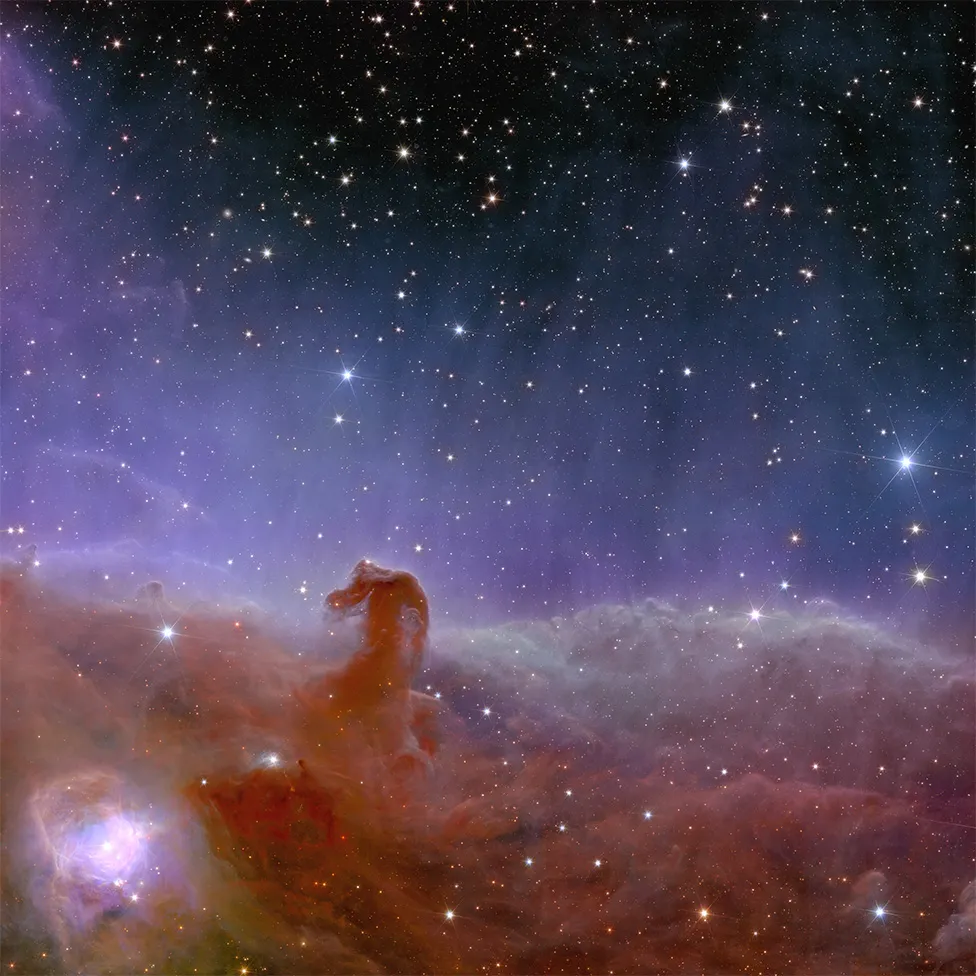
Over the next six years, Euclid will survey a third of the heavens to get some clues about the nature of so-called dark matter and dark energy.

A new facial reconstruction depicts a Neanderthal whose skeleton was found by priests in a French cave.
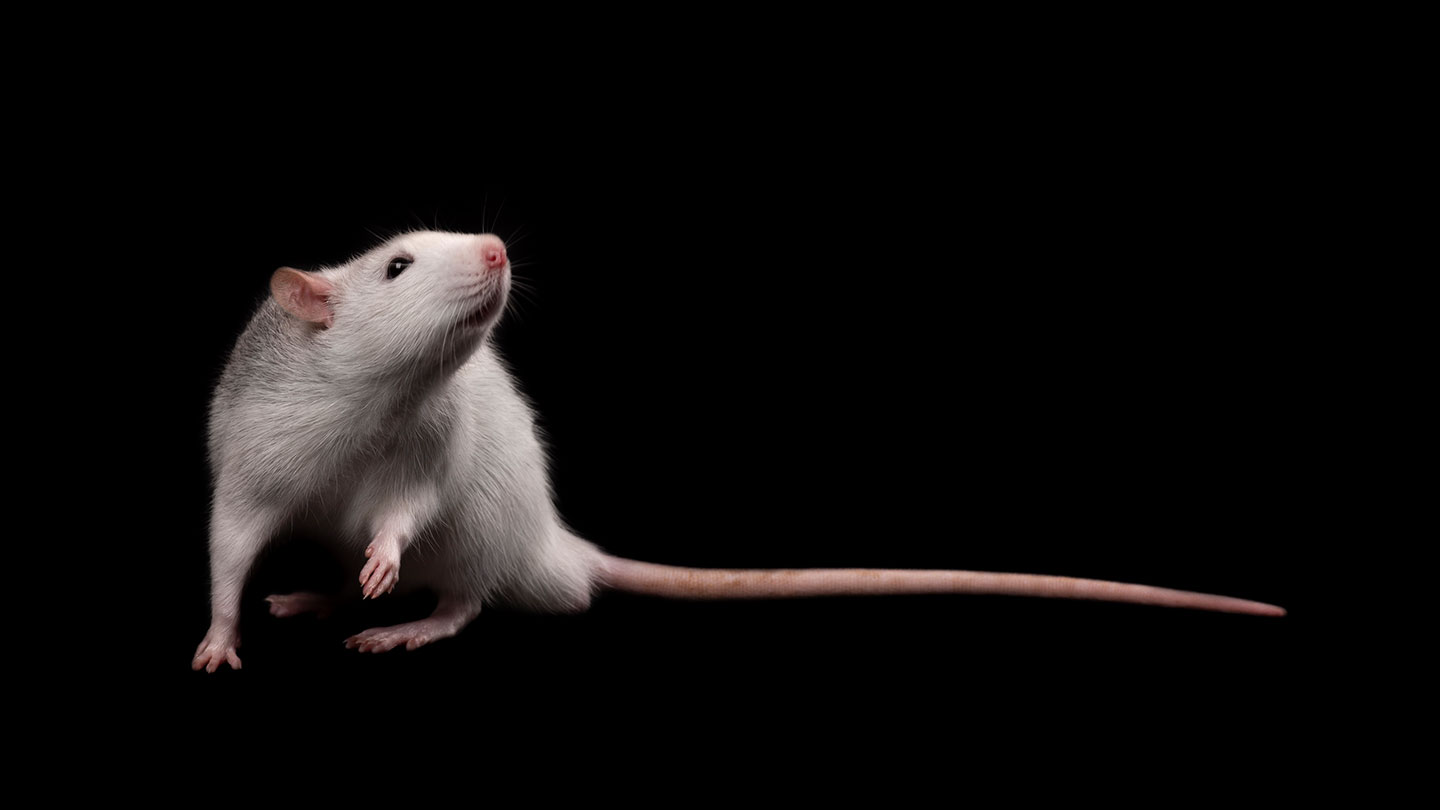
Like tiny, hairy Yodas raising X-wings from a swamp, rats can lift digital cubes and drop them near a target. But these rats aren’t using the Force. Instead, they are using their imagination. See the study here.

Dozens of planet-sized objects have been discovered in the Orion Nebula via observations that could herald the existence of a new astronomical category…The objects are too small to be stars, but also defy the conventional definition of a planet because they are not in orbit around a parent star.

More research is showing that we carry genes from other kinds of ancient humans, and their DNA affects our lives today.
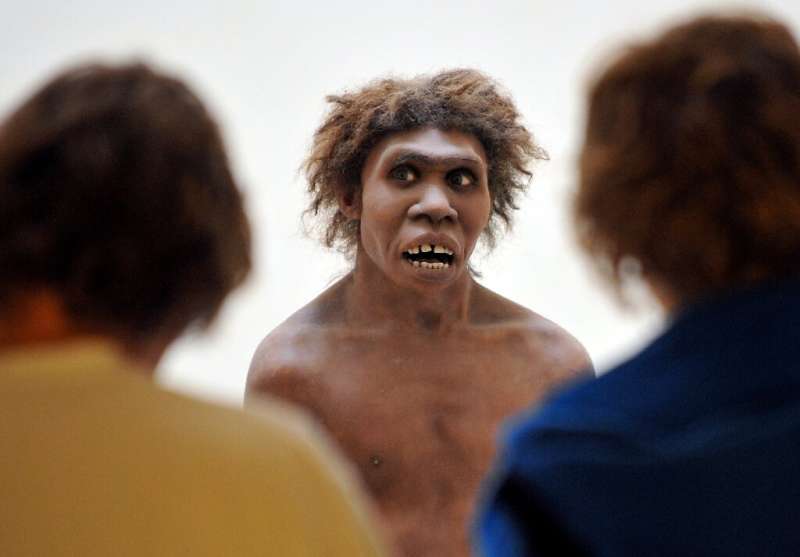
Could the lives of the eight billion people currently on Earth have depended on the resilience of just 1,280 human ancestors who very nearly went extinct 900,000 years ago?
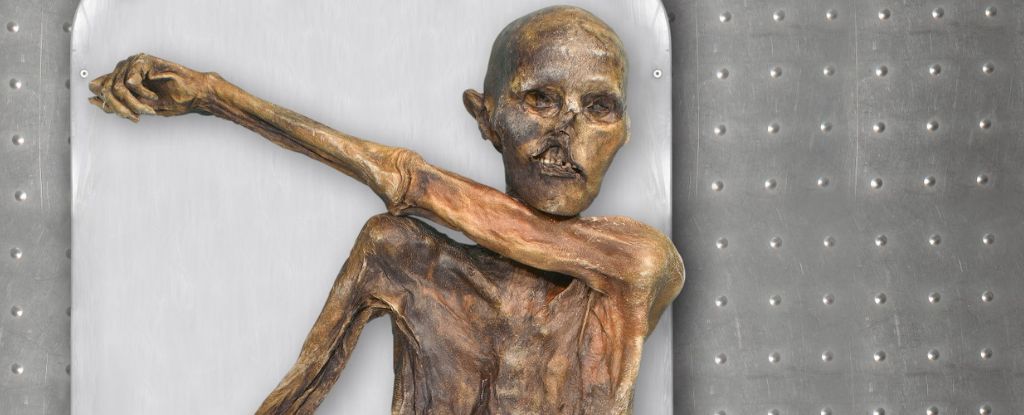
A new and improved DNA analysis of the famous ‘Iceman’ mummy suggests this ancient individual is not who we thought he was. The study was published in Cell Genomics.
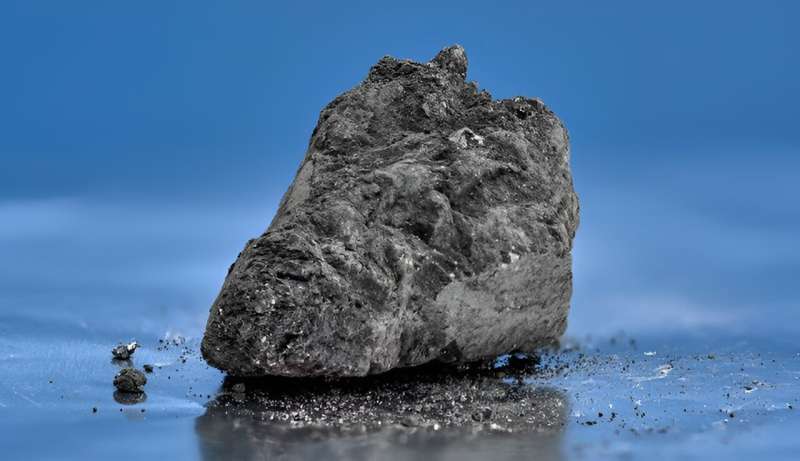
In a new paper published in Meteoritics & Planetary Science, researchers take a closer look at the minerals contained within the meteorite, its bulk elemental composition and water content.
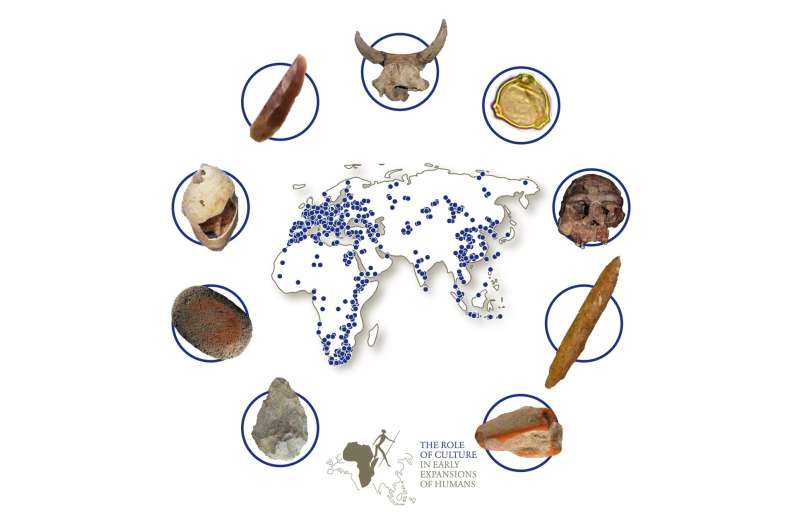
Human history in one click: For the first time, numerous sites relating to the early history of mankind from 3 million to 20,000 years ago can be accessed in a large-scale database. See research here.

A new technique is a dramatic breakthrough in the search for alien life, astronomers say. See the research here.

Two-million-year-old teeth (four sets, in fact) tell new stories in a newly posted preprint paper that strips them of enamel and analyzes what the proteins have to say. This “proteomic” approach, which relied on the more rugged protein molecules instead of fragile DNA, revealed their relationship to the wider family tree of early humans.
Publishing in the international journal Antiquity, a team of archaeologists from seven countries led by Kiel University has presented the “Big Exchange” project, which uses AI to better understand the networks and interactions of prehistoric and early historic people.
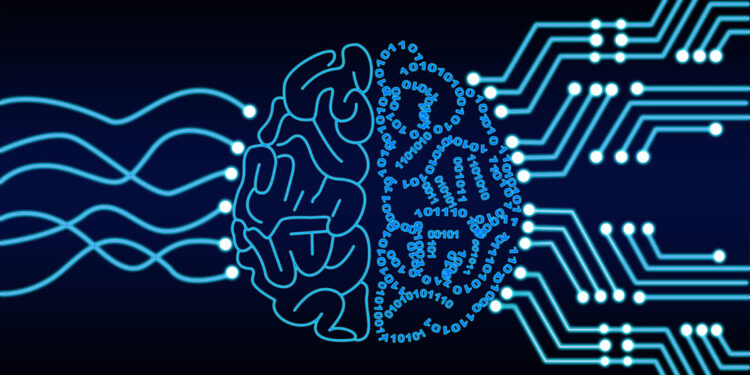
The launch of ever-capable large language models (LLMs) such as GPT-3.5 has sparked much interest over the past six months. However, trust in these models has waned as users have discovered they can make mistakes – and that, just like us, they aren’t perfect.
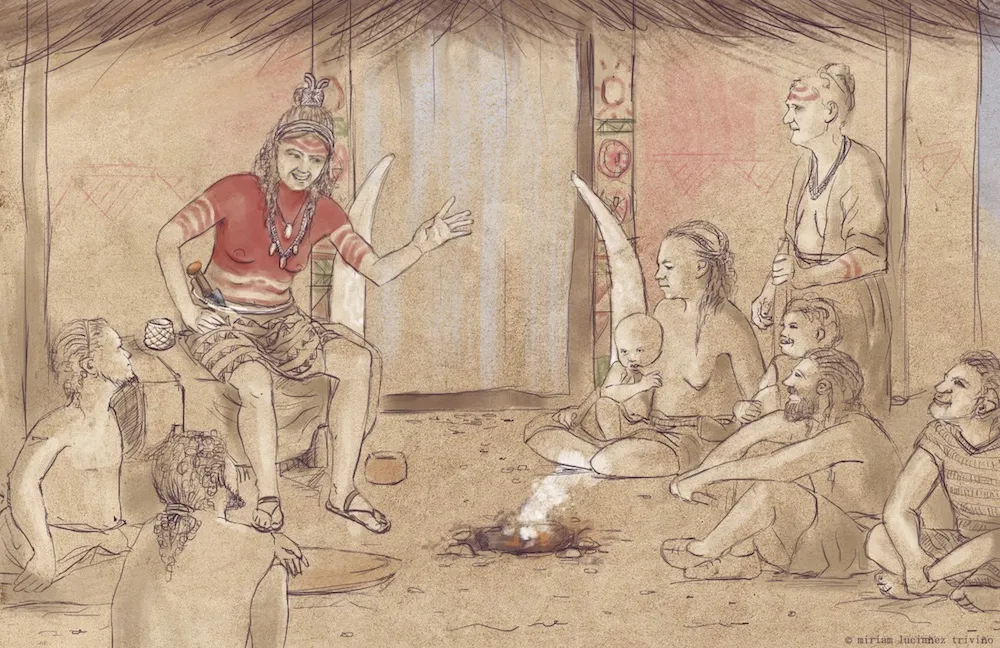
Since its discovery in 2008, the skeleton of a high-ranking individual buried inside a tomb in the Iberian Peninsula between 3,200 and 2,200 years ago was thought to be the remains of a man. However, a new analysis reveals that this person was actually a woman.
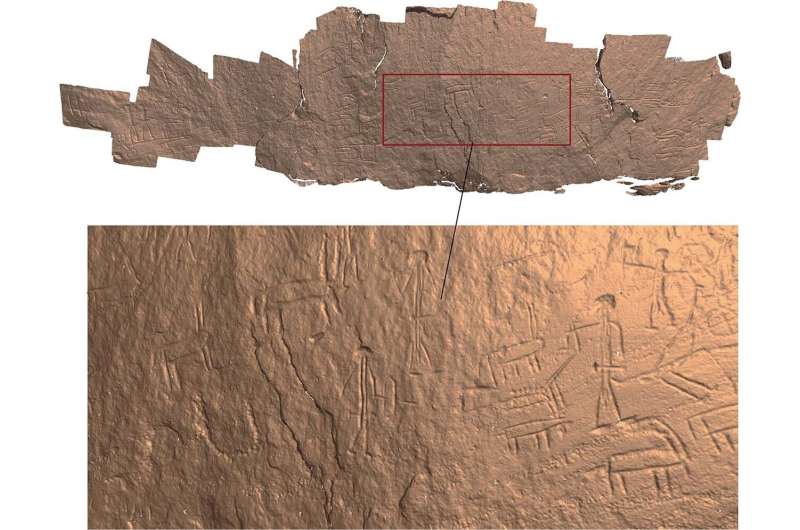
A groundbreaking study conducted by a multidisciplinary team that includes a computational archaeologist, artist, and computer programmer has revealed new insights into ancient rock engravings and the techniques used by ancient engravers. See the research here.
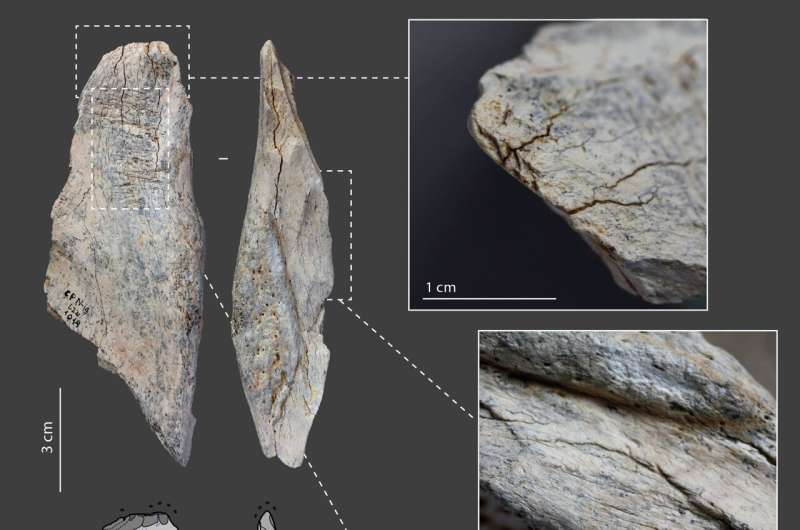
Were anatomically modern humans the only ones who knew how to turn bone into tools? A discovery by an international team at the Chez-Pinaud-Jonzac Neanderthal site settles the question. Published in PLOS ONE, it sheds light on a little known aspect of Neanderthal technology.








